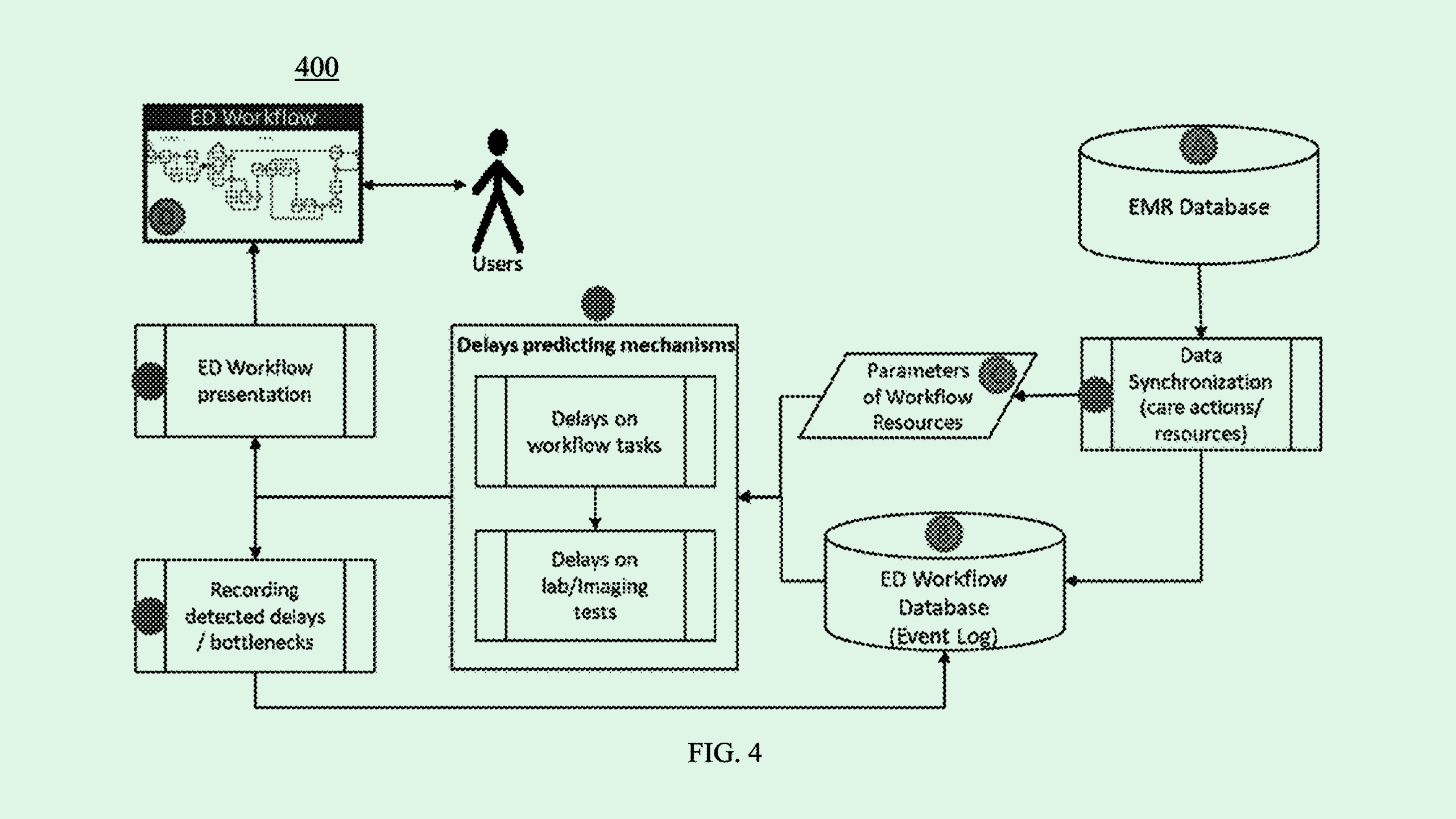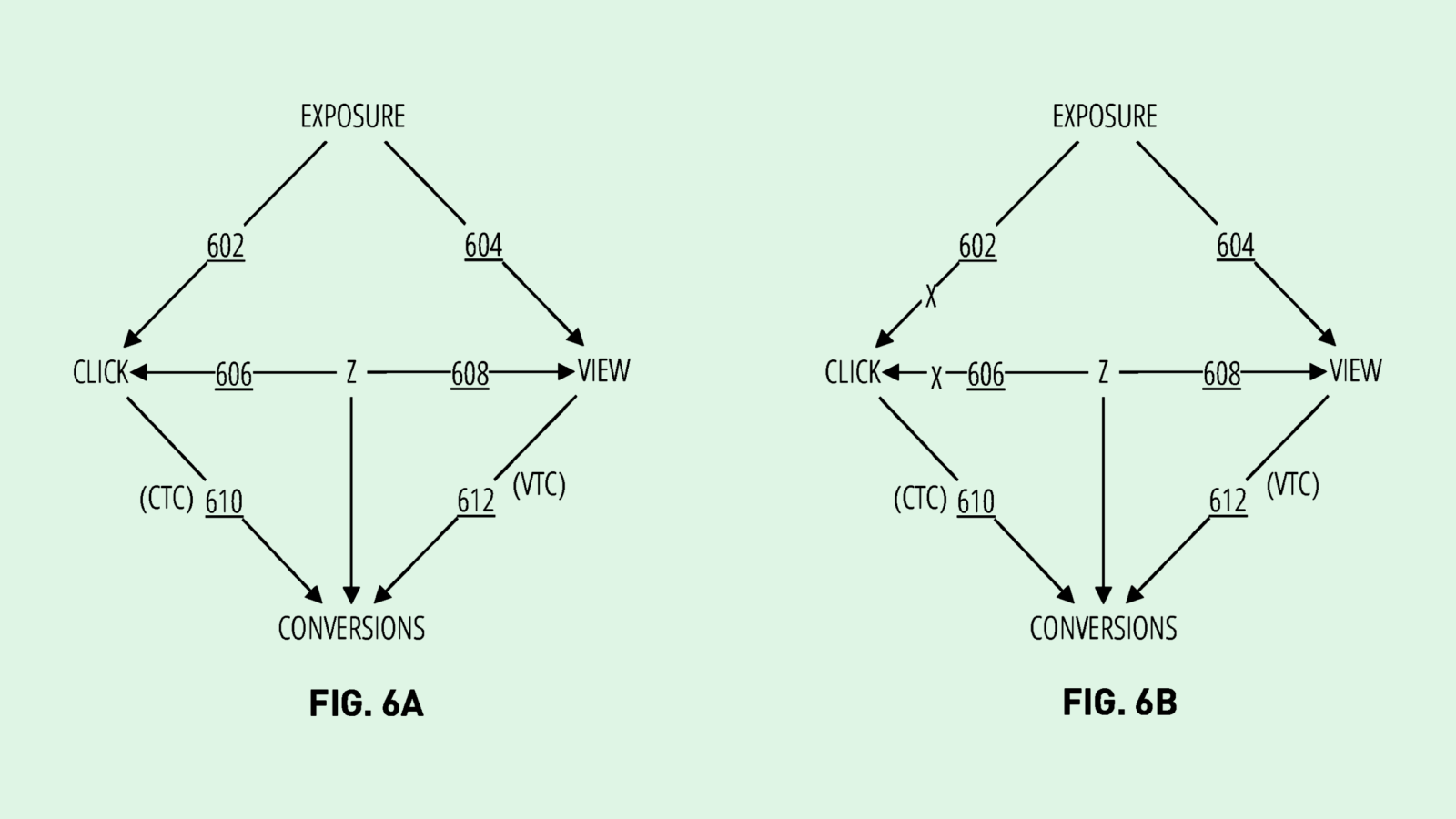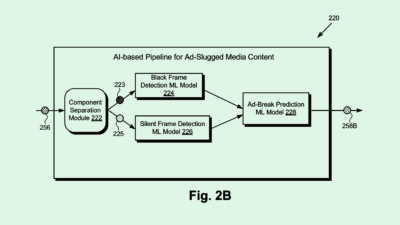Philips Patent Predicts ER Delays Amid Healthcare Staffing Shortage
Philips’ latest patent could predict how long you’ll be in the waiting room.

Sign up to uncover the latest in emerging technology.
Philips wants to predict when the ER is about to be packed.
The medical device firm filed a patent application for “predicting delays in emergency department workflow.” Philips’ tech relies on machine learning to predict emergency room bottlenecks and their causes. The system aims to ensure that these facilities meet their “time targets” for seeing patients.
“Although previous research has developed computational models for the identification of bottlenecks in the ED, there is a lack of research investigating the root cause of these bottlenecks,” Philips said in the filing.
Philips’ filing describes a workflow analysis system that uses a delay prediction algorithm, trained using a large database of medical information. This database could consist of tons of different data, including patient data like medical history and demographic information, and department data about the facility’s typical workflow.
This system then monitors the ED in real time, and the algorithm predicts delays, as well as what may cause those delays, such as whether the cause is a “department-level” delay or a “patient-level” delay. Along with its prediction, it would offer some recommendations for how to prevent or alleviate these issues.
For example, the system may recommend moving resources from one patient to another, or increasing resources in a testing laboratory or imaging department, Philips said. The company claims this tech could help “provide information to clinicians about ED workflow in order to improve patient outcomes and maximize facility resources.”
Philips’ tech could help address a massive issue befalling the US healthcare industry: staffing shortages in the fallout of the pandemic.
Several organizations have projected shortages of tens to hundreds of thousands of nurses in the next decade. The Association of American Medical Colleges projects that the US will see a physician shortage of up to 86,000 by 2036. And a survey by Medscape found that 49% of physicians surveyed reported experiencing burnout.
Tech like this could provide some much-needed relief to these workers, said Josh Thompson, founder and CEO of telehealth firm Impact Health USA. Machine learning can automate processes like note-taking, organizing patient information, and, as Philips’ patent intends, predict breakdowns that lead to packed ERs.
But given the sensitive nature of healthcare, there are some things AI can’t do on its own, said Thompson. This tech shouldn’t be solely in charge of things like diagnoses, treatment plans, or prescriptions, he said, but rather should act as a copilot for physicians. And given AI models’ tendency to hallucinate, there always needs to be a human in the loop to ensure patients aren’t getting improper treatment.
“What we really want to focus on is leveraging AI to get information faster, and be able to get information to the patients quicker,” Thompson said. “You’re always going to want a person on the back end.”
The other obstacle is data. Training a model like Philips’ — or any AI involved in healthcare — takes a whole lot of data. If patient data is used in this process, Thompson said, it has to be protected and anonymized: “With AI, you really have to put those safeguards in place to protect people’s information.”











